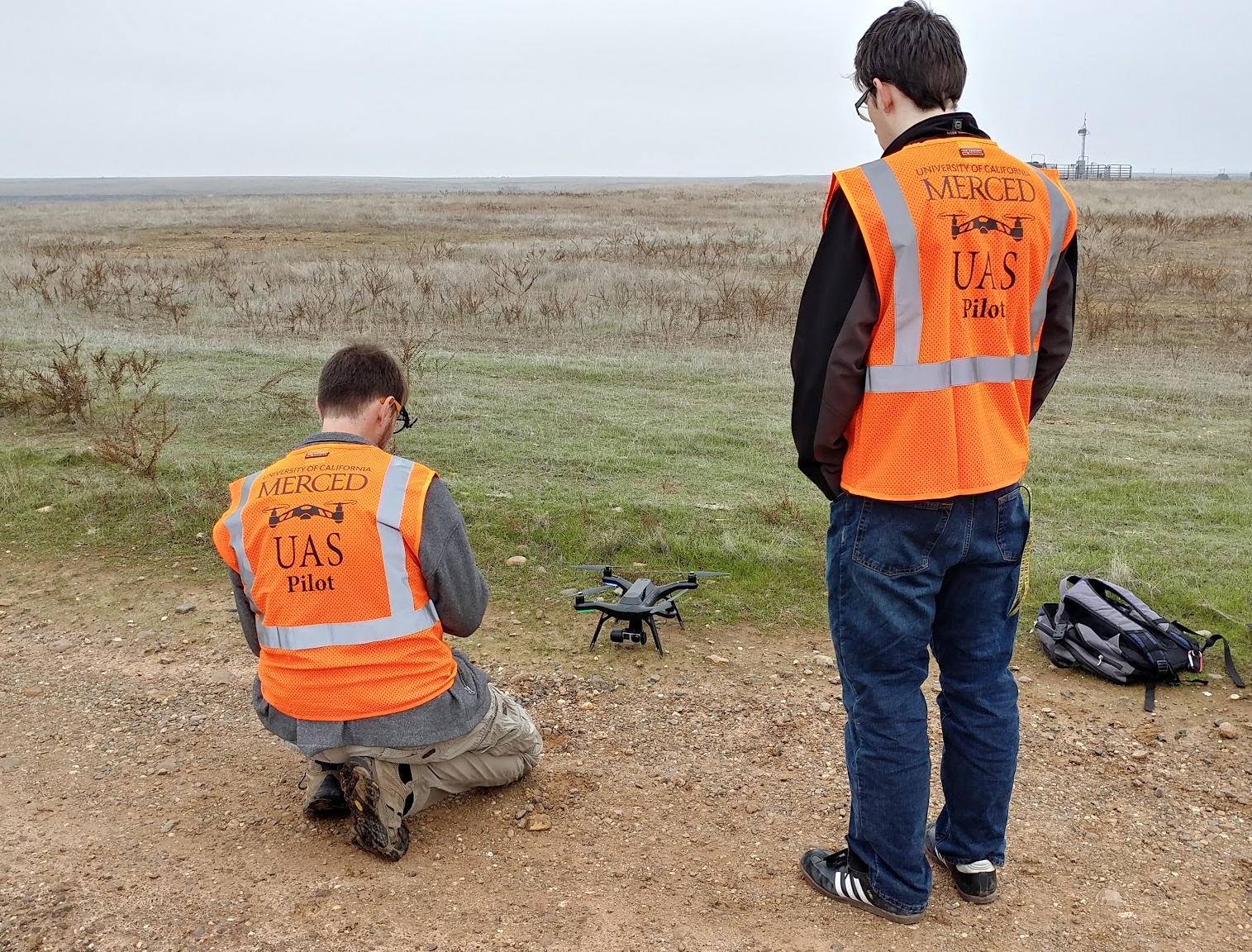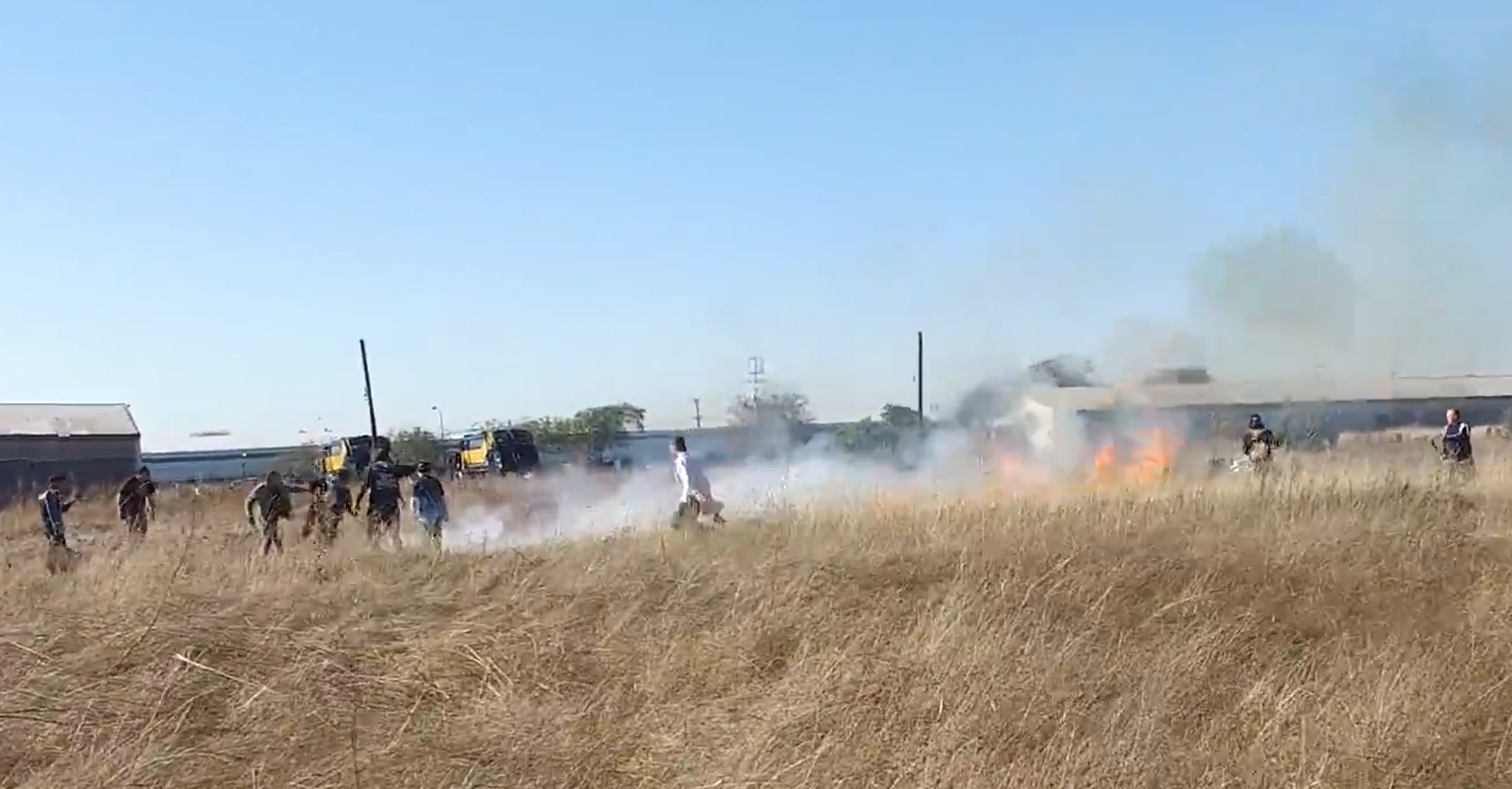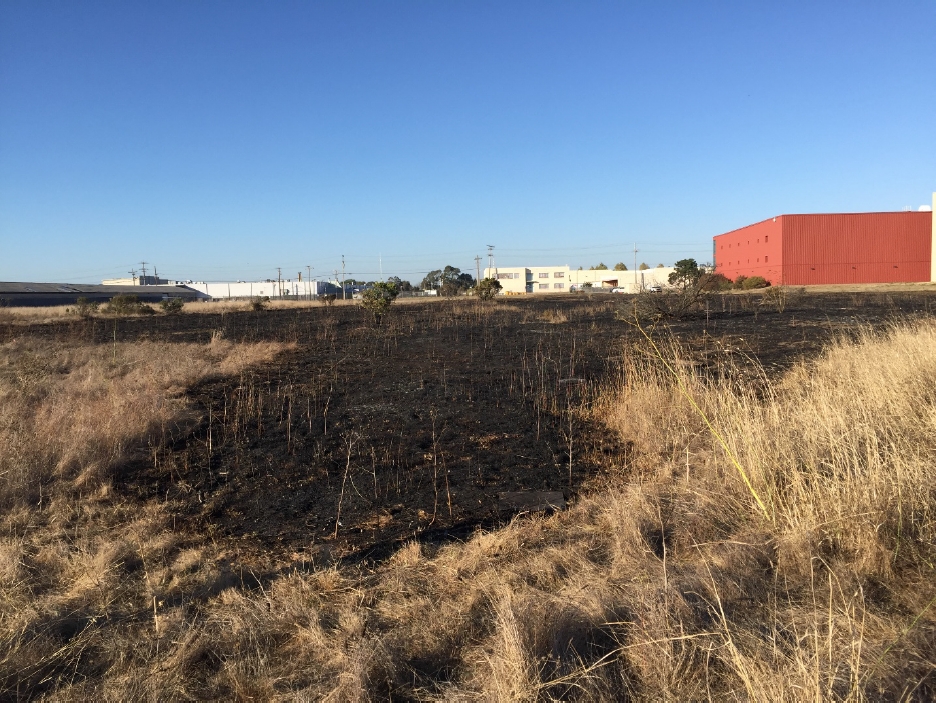Chapter 10 UAS Safety Guidelines
Safety is a moving target rather than a static definition. As technology and regulations change, different interpretations of how to achieve a safe operating environment evolve. What follows below are general guidelines to how UAS safety may be reviewed. The Systemwide Designated UAS Authority is additionally available to review.
Disclaimer: Not all UAS safety risks are capable to be reviewed. The review of UAS safety does not absolve an RPIC’s responsibility to ensure a safe operating environment.
10.1 UAS Safety
UAS safety typically falls under two categories: (1) Planned Safety and (2) On-site threats. The UAS activity review process includes a review of Planned Safety to ensure that the RPIC is aware of potential risks and has procedures to mitigate risks.
Not all potential safety considerations may be applicable. Many risks associated with UAS activity can be mitigated by selecting operating locations where a UAS incident or accident would be unlikely to cause an injury.
10.2 Planned Safety
Planning for safety is an important aspect to UAS activity. Many RPICs have documented standard operating procedures that may be used to fulfill safety planning requirements.
Depending on the scenario, safety planning may include:
- Narrative of the proposed operation
- Flight altitudes
- Marking of buffer or safe-zones
- Specific flight paths
- Emergency procedures
- Identified emergency or contingency locations
- Crew management (including roles and responsibilities)
- Procedures to manage crowds or spectators
10.3 On-site Threats
There are many on-site threats to UAS safety that are not always feasible to be reviewed. It is the responsibility of the RPIC to ensure a safe operating environment, from ensuring the Unmanned Aircraft is suitable for operation to managing intrusions and weather conditions.
Example On-site Threats
Weather conditions
Structures not visible from satellite imagery, such as
- Powerlines or telephone poles
- Recent construction
- Temporary structures
Intruding air traffic
Intruding pedestrians or other non-participants
Unmanned Aircraft damage
Unplanned spectators or crowds
10.4 Safety Guidelines
- UAS activity should always establish a buffer or safe-zone between the Unmanned Aircraft and any non-participating persons or sensitive locations.
- A good rule-of-thumb is to maintain a buffer or safe-zone of roughly \({\frac{1}{4}}^{th}\) of the flight altitude.
- Visual Observers and supporting ground crew should be utilized when available.
- Supporting ground crew should assist in ensuring safety to all non-participating persons.
- High visibility reflective vests should be utilized when operating near roads or when near non-participants (Figure 10.1).
- Whistles are effective for alerts or other time-sensitive communication.
- Orange cones may be used to help communicate Unmanned Aircraft flight regions to non-participating persons, but are not fully sufficient.
- If spectators are expected, a supporting ground crew member should be tasked with preventing spectators from distracting the RPIC with questions or comments.
- When operating in uncontrolled locations in proximity to non-participating persons, extra care should be exercised. Specific flight paths and altitudes should be pre-planned such that potential gaps in buffer or safe-zones can be identified.
- When operating near roads, a supporting ground crew member should be tasked with being located near the road to monitor traffic, and if necessary, retrieve a fallen Unmanned Aircraft before it becomes a road hazard.
- When operating in fenced areas, operate exclusively within the fenced areas unless there is sufficient visibility on the other side to ensure safety to non-participants.
- Flying above buildings and structures minimizes risk to pedestrians, but it is recommended to contact the facility manager to explain the proposed operation and potential for risk.

Figure 10.1: UAS operators with high visibility reflective vests
10.5 Aerial Threats to UAS Activity
One of the biggest UAS safety concerns for the FAA is aircraft to aircraft strikes. While there have been only a handful of validated accidents between a UAS and manned aircraft, there many more documented near-misses, even within the UC system.
Detecting and avoiding aircraft is a four-stage process: detect, assess, decide, act. Each stage takes a non-insignificant amount of time.
Minimize the threat of aerial collisions by making sure you have enough time to get out of the way.
Minimize the time it takes to detect a threat.
- Constantly listen for potential incoming aircraft.
- Bring a visual observer.
- Everyone must be on task while the UAS is in operation. Minimize idle chat.
Minimize the time it takes to assess a threat
- Fly at low-altitudes and within close proximity to make it easier to judge whether an intruding aircraft may pose a threat.
- Practice judging an intruding aircraft’s location by sound.
- Use visual scanning techniques to identify an aircraft’s location quicker.
Minimize the time it takes to decide on a course of action.
- Pre-plan for evasive actions by identifying evasive action trajectories.
- Know where emergency safe landing locations are.
Minimize the time it takes to act.
- Know how to disengage an automated flight plan.
- Practice taking over and resolving an aerial threat.
10.6 UAS and Fire Safety
While UAS accidents and incidents involving fire are rare, they are a valid and significant concern. With the majority of UC UAS usage on field sites and other rural locations, the potential for the accidental sparking of fire is a concern. A fire sparked by a UAS can spread quickly (Figure 10.2) and with California’s dry environment, can cause significant damage (Figure 10.3).

Figure 10.2: Beginning of a fire at Richmond Field Station, UC Berkeley

Figure 10.3: Post fire damage from UAS accident at Richmond Field Station, UC Berkeley
The most common cause of UAS related fire is from misuse of LiPo batteries. Special care should be taken when charging, discharging or storing LiPo batteries. If the internal polymer cell of a LiPo battery is exposed to air, a violent chemical reaction starts that could explode, but more commonly releases significant amounts of smoke and heat that can ignite other fire fuel sources. A LiPo battery fire is typically caused by a physical puncture to the battery or from misuse, such as overcharging or electrical shorts.
In reviewing UAS activity, it is important that the RPIC is aware of the relevant fire dangers and plans for fire safety. Consult the appropriate department (Fire, Field Safety, EH&S) if there are concerns over fire risk. Minimize the potential for fire by monitoring where the UAS will be flying and ensure that if a fire was to occur, the RPIC and any other persons, such as Visual Observers, are prepared to respond appropriately.
Guidance for fire safety:
- Everyone should take a fire safety training course.
- Avoid flying on high fire risk days.
- Bring a fire extinguisher and a shovel/bucket of sand to field sites.
- Ensure that a crew member has easy access to fire equipment.
- Ensure that a crew member has easy access to reach any location where the Unmanned Aircraft may crash.
- Ensure that a crew member has the ability to report an emergency situation and can adequately provide directions for emergency personnel to reach the site.
- When flying in high fire risk locations, use high quality, commercially available Unmanned Aircraft with enclosed electronics.
- Never fly a damaged or swollen battery.
10.7 Community Input to Safety
Another pathway that is recommended to improving UAS safety is to acknowledge the demand for UAS activity and engaging with the campus community to ensure there is a functional pathway to meet the demand. When the pathway is too restrictive, non-compliance increases and in turn decreases overall safety. Chapter 13 provides examples of campus UAS groups.